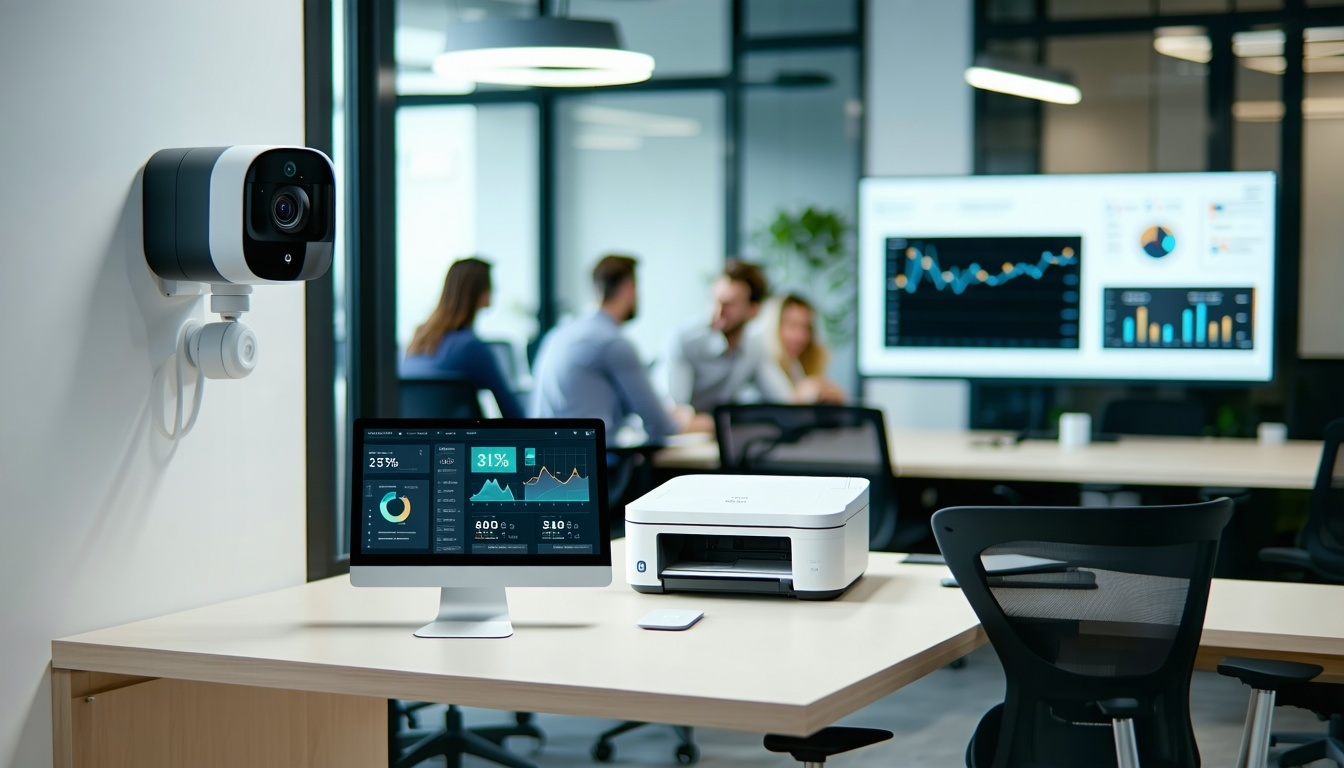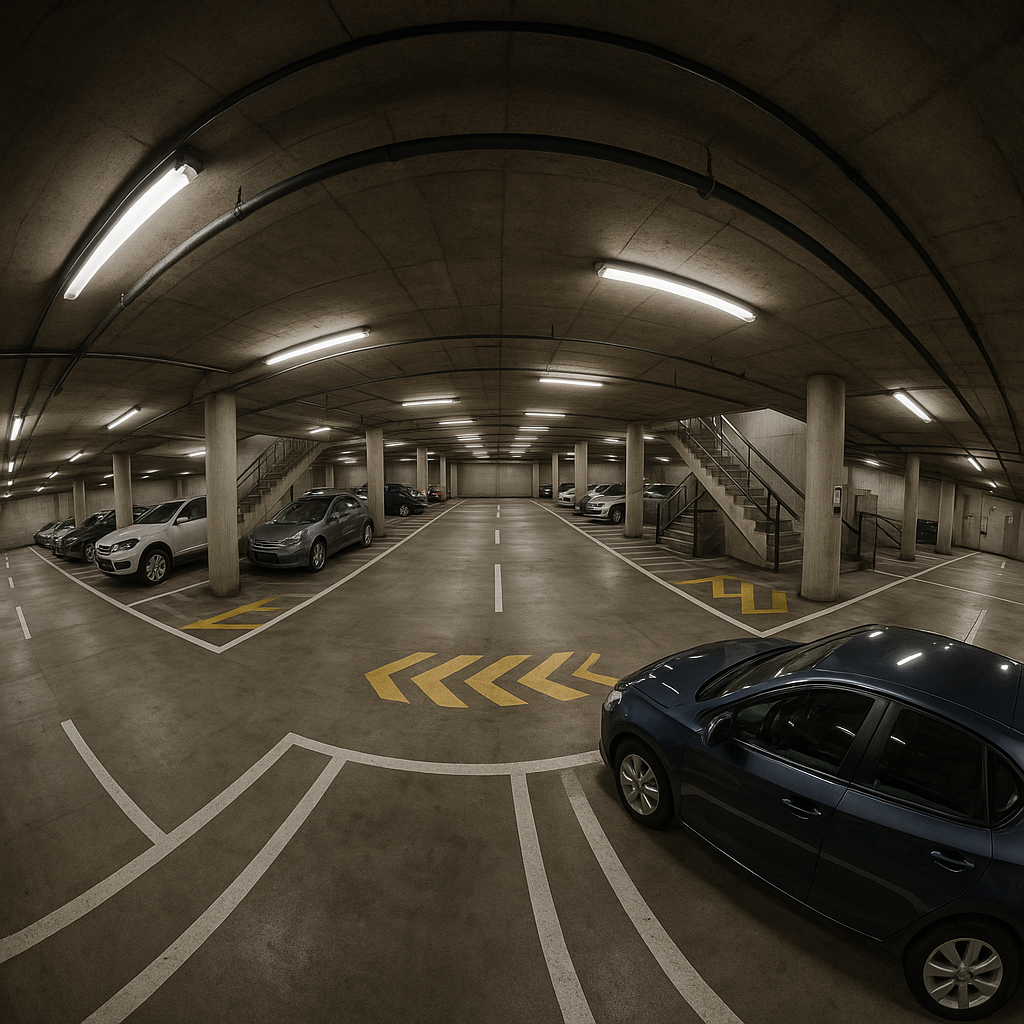7 min read
Securing IoT Devices on Your Network: Best Practices to Protect Against Hackers and Cyber Threats
The Internet of Things (IoT) has brought incredible convenience and efficiency to organizations of all sizes. From smart sensors monitoring...

 Matt Hawthorne
Matt Hawthorne


